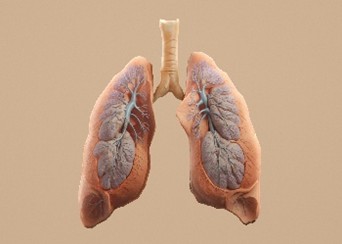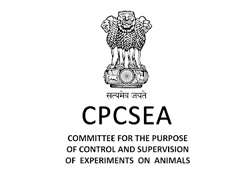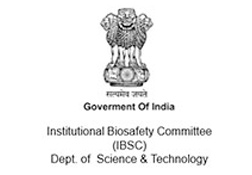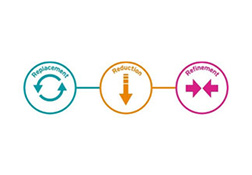Bleomycin induced IPF model: A preclinical model that matters
Idiopathic Pulmonary Fibrosis is a progressive chronic lung disease characterised by scarring of lung tissue, leading to respiratory failure and reduced oxygen supply to the whole body. Bleomycin induced lung fibrosis model serves as a gold standard in preclinical fibrosis research and has resulted in deeper understanding of antifibrotic therapies.

Utilising the power of bleomycin in IPF preclinical research
Bleomycin is a chemotherapeutic agent, well known to cause toxicity in lungs. When administered in animals, bleomycin induces fibrosis that mimics human IPF. This allows the scientists to study the disease in a controlled manner to evaluate potential therapies and decode disease mechanisms. The core aspects of this model include:
- • Mimics key features of human IPF including inflammation and fibroblast activation
- • Flexible route of administration
- • Reproducible fibrosis and can be studies across species
How does the IPF model work?
Bleomycin is administrated into the lungs via intra-tracheal or other routes of dosing. Rapid disease progression happens within next few days/ weeks post bleomycin delivery. The end point can be selected as per the experimental aim.
End points/ readouts
- • Ashcroft scoring
- • H & E staining
- • Plethysmography to assess lung function parameters
- • Hydroxyproline content
- • Immune profiling
- 1. Kolb P, Upagupta C, Vierhout M, Ayaub E, Bellaye PS, Gauldie J, Shimbori C, Inman M, Ask K, Kolb MRJ. The importance of interventional timing in the bleomycin model of pulmonary fibrosis. Eur Respir J. 2020 Jun 11;55(6):1901105. doi: 10.1183/13993003.01105-2019. PMID: 32165401.
- 2. Ishida Y, Kuninaka Y, Mukaida N, Kondo T. Immune Mechanisms of Pulmonary Fibrosis with Bleomycin. Int J Mol Sci. 2023 Feb 5;24(4):3149. doi: 10.3390/ijms24043149. PMID: 36834561; PMCID: PMC9958859.
- 3. Chen YL, Zhang X, Bai J, Gai L, Ye XL, Zhang L, Xu Q, Zhang YX, Xu L, Li HP, Ding X. Sorafenib ameliorates bleomycin-induced pulmonary fibrosis: potential roles in the inhibition of epithelial-mesenchymal transition and fibroblast activation. Cell Death Dis. 2013 Jun 13;4(6):e665. doi: 10.1038/cddis.2013.154. PMID: 23764846; PMCID: PMC3698540.
- 4. Liu T, De Los Santos FG, Phan SH. The Bleomycin Model of Pulmonary Fibrosis. Methods Mol Biol. 2017;1627:27-42. doi: 10.1007/978-1-4939-7113-8_2. PMID: 28836192.
- 5. Ishida Y, Kuninaka Y, Mukaida N, Kondo T. Immune Mechanisms of Pulmonary Fibrosis with Bleomycin. Int J Mol Sci. 2023 Feb 5;24(4):3149. doi: 10.3390/ijms24043149. PMID: 36834561; PMCID: PMC9958859.
Research applications of IPF model
Numerous researchers have utilised the Bleomycin induced IPF model to explore the efficacy of the anti-fibrotic compounds. The publications mentioned below prove how widely this model is accepted worldwide to study the disease mechanisms and novel therapeutic strategies.
Why partner with TheraIndx?
- • Customised protocol tailored to your compound
- • Quicker turnaround times
- • Vastly experienced team
- • High quality data and interpretation
“Accelerate your anti-fibrotic therapy development with TheraIndx”




